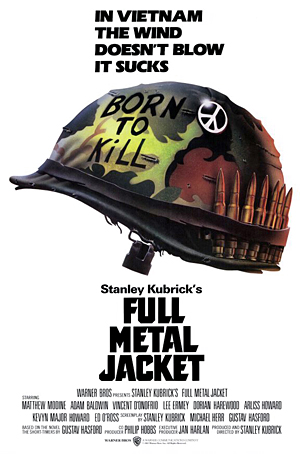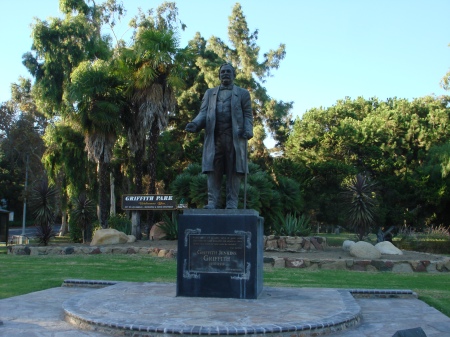The 2008 German film, The Baader Meinhof Complex, directed by Uli Edel from a screenplay by Bernd Eichinger, tells the story of the Red Army Faction, better known as the Baader Meinhof Group, a terrorist group active in Germany from the 1970’s through the 1990’s. The group had broad support in its early years. It appealed to young people disillusioned with post-war German society. They were particularly opposed to the Vietnam War and the West German government’s passive support for it, which they viewed as being analogous to Germans who had allowed the Holocaust to happen. The death of Che Guevara had also inspired many of these people.
The film begins with a demonstration against the Shah of Iran during his visit to Berlin in 1967. The police attack a crowd of student demonstrators, resulting in the death of Benno Ohnesorg. Shortly afterwards, Andreas Baader (Moritz Bleibtreu) and Gudrun Ensslin (Johanna Wokalek) fire bomb a department store, protesting the political complacency of German society. Baader is eventually arrested by the police. A journalist, Ulrike Meinhof (Martina Gedeck), interviews him in prison. Meinhof is frustrated by what she sees as the inability of her journalism to bring about any change. Meinhof agrees to help Baader to escape from prison, which she does. She then joins Baader’s gang, which he has christened as the Red Army Faction (RAF).
The rest of the film starts out as farce and ends as tragedy. The RAF leaders flee Germany to a Fatah camp in Jordan, to be trained in guerilla warfare. The RAF consider themselves to be in support of “Third World” liberation struggles. Once in the camp, however, they begin behaving like a bunch of spoiled teenagers. (This is the best way I can describe it.) They quarrel with the Fatah leaders, and they violate Palestinian social norms by, among other things, doing nude sunbathing in the middle of the camp. They return to Germany, where they carry out a series of daring bank robberies and bombings. However, the police capture or kill members of the RAF one by one. They eventually capture Baader, Meinhof, and Ensslin. However, a “second generation” of RAF members springs up. They use terror methods to try get their leaders released, culminating in the highjacking of an airliner in 1977. When army troops succeed in freeing the hostages, Baader and the others despair of ever getting out of prison, so they kill themselves.
Edel and Eichinger try to compress a complex series of historical events into a two-and-a-half hour film with predictably uneven results. New RAF members suddenly appear out of nowhere, and at times it’s hard to tell who is doing what. The film touches upon some complex issues without addressing them in satisfying ways. For example, some people have raised reasonable doubts as to whether the RAF leaders actually killed themselves, suggesting that they might have been murdered. (According to Wikipedia: “… Baader was supposed to have shot himself in the base of the neck so that the bullet exited through his forehead; repeated tests indicated that it was virtually impossible for a person to hold and fire a gun in such a way. In addition, three bullet holes were found in his cell: one lodged in the wall, one in the mattress, and the fatal bullet itself lodged in the floor, suggesting that Baader had fired twice before killing himself. Finally, Baader had powder burns on his right hand, but he was left-handed.”) While the film mentions that there were doubts about the suicides, it doesn’t really discuss this matter. Also, the film ends with the RAF’s killing of the industrialist, Hans Martin Schleyer in 1978, although the RAF remained active well into the 1990’s.
This film is a grim reminder that terrorism doesn’t work. Germany is not a better place today because of the Baader Meinhof group. The 9/11 attacks resulted in the expansion of U.S. imperialism. Terrorism actually strengthens the state by providing it with an external enemy. (“War is the health of the state”, as Randolph Bourne once put it.) Only mass movements have ever brought about any progress.




























